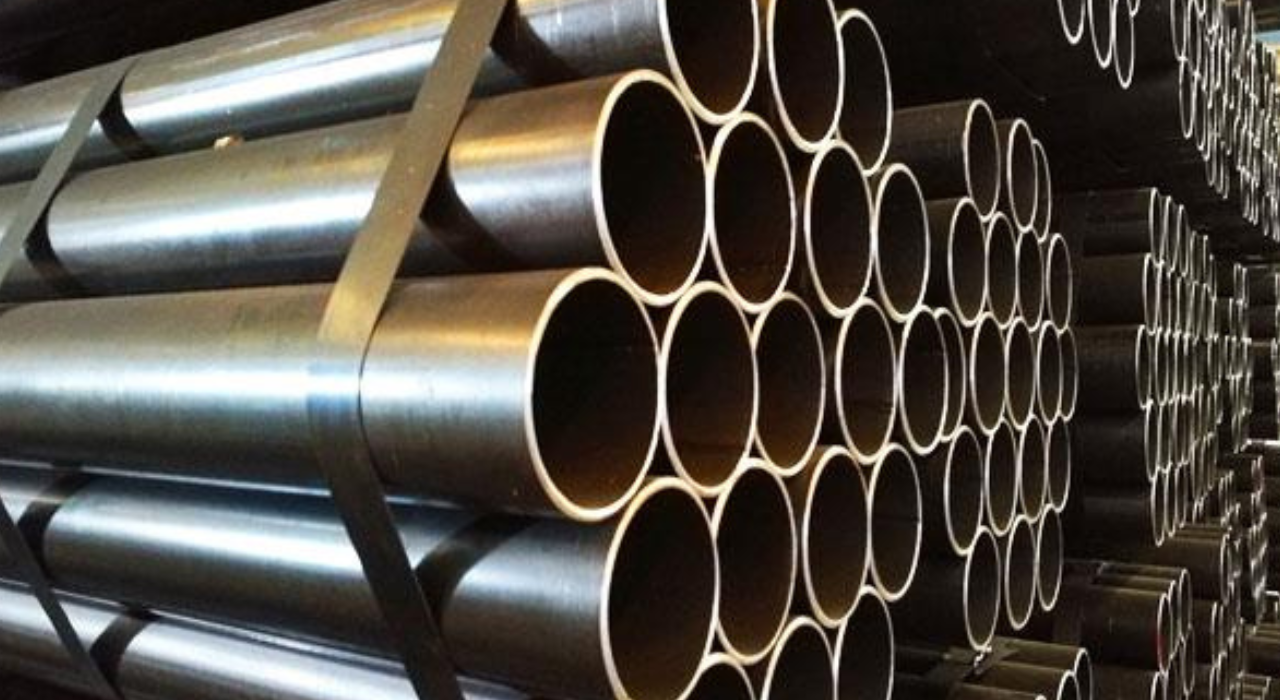AS/NZS 1074, titled "Metallic Tubes and Tubulars for Normal Providers," is a crucial standard well-known in Australia and New Zealand, defining specifications for metallic tubes used in various applications. This popular guide outlines the size, properties, fabrication techniques, and necessities necessary for ensuring the exceptional reliability of metal tubes.
Primarily intended for non-load-bearing structures, AS/NZS 1074 applies to metal tubes employed within the conveyance of gases, powders, or granular materials. The standard addresses important factors, including the metallic's mechanical properties, energy, and durability, and offers guidelines for production while trying to make certain the tubes meet essential safety and performance criteria.
By adhering to AS/NZS 1074, producers and users can make certain that steel tubes are suitable for their intended applications, offering steady overall performance and safety. This well-known as 1074 standard performs an important function in industries where steel tubes are used for pipelines, infrastructure, and diverse commercial procedures, ensuring they function efficiently in everyday carrier situations.
Important Steel Pipe Tests Under AS/NZS 1074
For steel tubes and tubulars used in ordinary businesses in Australia and New Zealand, AS/NZS 1074 is a comprehensive standard. It outlines the size, properties, fabrication, and testing necessities for metallic pipes. To ensure these pipes meet the essential fine and protection standards, several key tests are carried out. This article presents a detailed evaluation of these vital exams: flattening, tightness, flaring, non-destructive testing, and metallographic inspection.
Flattening Test
The flattening test, defined by AS/NZS 1074, is a critical procedure to ensure the best durability of metal pipes. This test compresses the pipe in two levels to assess the weld integrity and the cloth's deformation competencies. Initially, the pipe is subjected to a flattening force that reduces its outer diameter to 75% of its authentic size. This level verifies that the weld no longer broadens any cracks or disasters below vast strain.
In the second stage, the pipe is flattened to 60% of its unique diameter, focusing on the material outside the weld area to ensure it may bear deformation without cracking. This rigorous test is vital for confirming the pipe’s structural soundness and its ability to perform reliably in real-international packages. By ensuring each weld and the pipe fabric can resist deformation, the flattening test helps maintain the pipe's normal best performance.
Tightness Test
The tightness test, as in step with AS/NZS 1074, is crucial for verifying a metal pipe's potential to maintain its integrity beneath strain and save you from leaks. This test can be performed with the use of both non-adverse techniques and hydraulic pressure. In the non-destructive technique, eddy present-day testing is often employed, in which alternating currents are surpassed through the pipe to detect any anomalies that might imply leaks or vulnerable points.
Alternatively, a hydraulic test entails filling the pipe with a liquid, commonly water, and making use of strain to make sure the pipe does not leak. The test has to be completed within 5 seconds to simulate actual operational situations accurately. By identifying any leaks or weaknesses, the tightness test ensures the pipe's reliability and safety in conveying fluids or gases. This critical evaluation facilitates confirming that the pipe can face operational pressures without failure, retaining its overall performance and stopping potential dangers.
Flaring Test
The flaring test, as mentioned in AS/NZS 1074, assesses a steel pipe's ability to go through plastic deformation and its overall performance at some point of processing. In this test, one end of the pipe is subjected to increasing pressure to create a flared form. This manner simulates the conditions the pipe may also enjoy at some point of installation or operational modifications. The test evaluates the pipe’s potential to deform plastically without cracking or failing, making sure it can handle the stresses of forming or fitting programs.
By inspecting how the pipe responds to the carried-out forces, the flaring test affords insights into its processing characteristics and durability. This assessment is vital for confirming that the pipe cloth can maintain its integrity and overall performance under realistic situations. A successful flaring test indicates that the pipe is appropriate for applications requiring shaping or adaptation, enhancing its versatility and value in various construction and commercial situations.
The Non-Destructive Testing
The non-destructive test is a crucial approach noted in AS/NZS 1074 for assessing the integrity of steel pipes without causing any harm. NDT techniques, which consist of ultrasonic, X-ray, and magnetic particle checks, are employed to discover inner defects and ensure the pipe's reliability. Ultrasonic testing makes use of high-frequency sound waves to make people aware of flaws by measuring reflections from inner irregularities. X-ray testing includes exposing the pipe to X-rays and generating snapshots that screen for internal defects, including cracks or voids.
Magnetic particle testing entails magnetizing the pipe and applying excellent magnetic particles to locate surface and near-surface defects via magnetic flux leakage. These techniques allow for a radical examination of the pipe’s internal structure, making sure it meets safety and performance requirements. By way of figuring out potential problems early, NDT helps maintain the pipe's structural integrity and prevents failures, ensuring long-term reliability in its intended applications.
Metallographic Inspection
Metallographic inspection is an essential assessment approach underneath AS/NZS 1074, specializing in studying the inner structure of metal pipes to evaluate their fine and overall performance. This inspection involves preparing a pattern of the pipe by way of reducing, grinding, and sprucing it to create an easy surface appropriate for a microscopic exam. The pattern is then analyzed beneath a microscope to have a look at its metallographic shape, consisting of grain length, segment distribution, and the presence of any inner defects.
With the aid of examining those traits, metallographic inspection provides insights into the material’s power, durability, and normal exceptional. This evaluation facilitates information on how the pipe will be carried out in operational situations and ensures that it meets the specified standards and specs. It is essential for confirming the pipe’s suitability for its intended programs and ensuring long-term reliability.
Conclusion
The key tests performed on metal pipes under AS/NZS 1074 are essential for ensuring the pipes' quality, protection, and performance. The flattening, tightness, flaring, non-destructive, and metallographic tests each play a unique function in verifying one-of-a-kind factors of the pipe's integrity and suitability for its supposed use. By adhering to those rigorous testing requirements, producers can make sure that their metal pipes meet the high requirements essential for dependable and secure operation in diverse applications.


